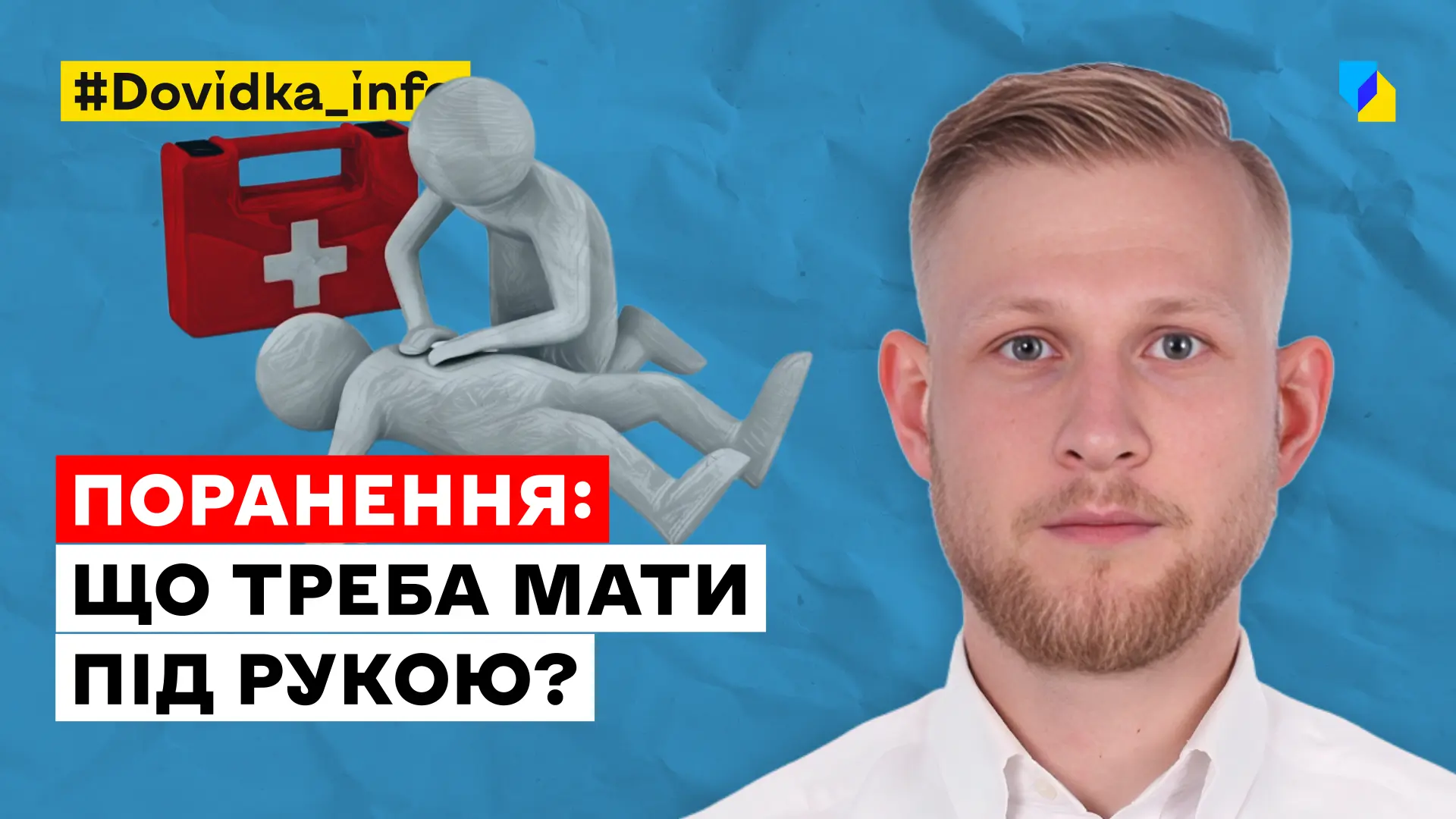
How to help a wounded person
Knowledge of first aid is essential nowadays. You need to understand how to apply a tourniquet and what should be in a first aid kit. Living in a war requires, first and foremost, your own preparation for any situation that may occur on the battlefield or in a settlement. Medical training for civilians is not mandatory at the state level, so it is everyone’s personal responsibility. Medical aid may not arrive on time, and your life and the life of the person next to you depend on your actions or inaction.
Help for the wounded: how to provide it? The owner and director of a security company, Oleksandr Darnitskyi, spoke about this.
-
When artillery shelling starts, what should a civilian do?
Never ignore the alert! Taking cover is the best way to save yourself. This is what can save us from being hit by shrapnel. If you are in the middle of the square and there is no shelter nearby, lie down on the ground. If you see even a small corner, hide there. Lie down, cover your head, squeeze your legs so that you cover all the important parts of your body.
-
What should be in the first aid kit?
There is a world-famous MARCH protocol. We take it as a basis and always act according to it. It is based on the order of counteraction from greater to lesser threat. M is for massive bleeding. For this, the first aid kit must have a tourniquet. A is for upper respiratory tract control. In military first aid kits, a nasopharyngeal tube is used. R is for respiration. For this purpose, the first aid kit should have an occlusive bandage. In case of chest injuries, we use it to cover the openings. C – circulation. This is the complete circulation of blood in the body. For this purpose, we use classic Israeli bandages.
-
Injuries on the battlefield. What skills should a soldier have?
This is also the MARCH protocol, but it is expanded. There is a so-called “golden hour”. The idea is this: within the first hour, you need to provide first aid and bring the wounded soldier to a medical facility where he can receive more qualified medical care. The combat zone can be divided into three sub-zones.
The green zone, where we can do whatever we want next to the wounded, for example, stand over him, and we are not in danger. Doctors usually work in this zone. Yellow, where we are in cover and protected from direct enemy attack. Here, we can act according to the MARCH protocol. Red, where we are limited in providing medical assistance. In this zone, we can only apply tourniquet to the wounded and try to transfer them to the yellow zone.

